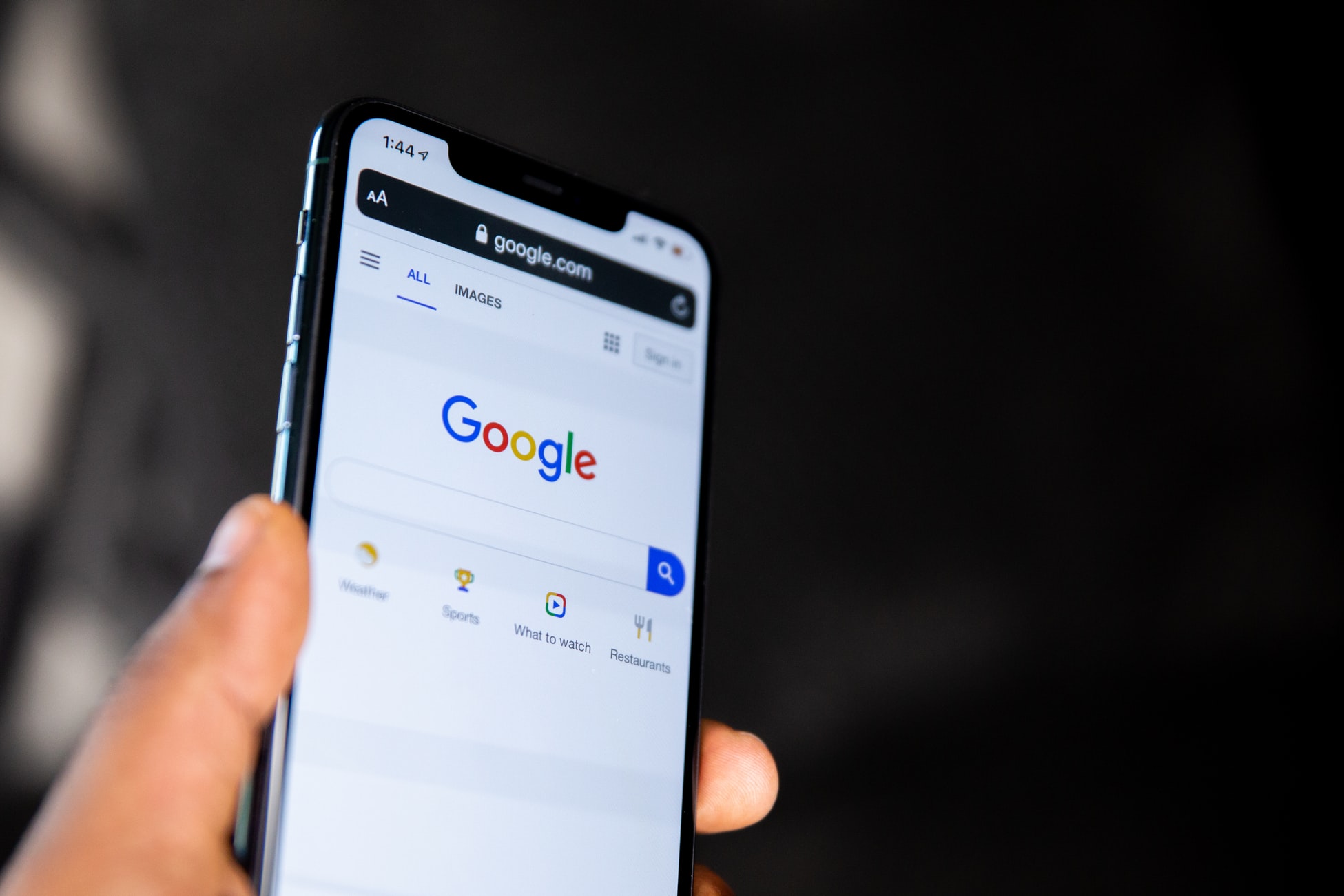*Update as of 19/04/21, Google’s page experience algorithm update has been pushed back to mid-June 2021.
Google’s page experience algorithm update has been confirmed for May 2021.
In May 2020 Google announced one of their biggest ranking updates in years; page experience signals would become a ranking factor at some point in 2021. Because of the COVID-19 pandemic, they said that they would give us at least 6 months’ notice before this would be rolled out. They have, in fact, given us seven months by telling us May 2021 is a go-ahead.
It has been debated in the SEO industry for some time whether page experience (speed, responsiveness, interactivity etc.) has an impact on ranking performance. While there has never been any conclusive evidence, page speed was integrated as a ranking factor back in 2010 for desktop searches, and 2018 for mobile searches.

What will the new algorithm update look at?
There are 3 key metrics (Core Web Vitals) that will be important to focus on.
- Largest Contentful Paint (LCP): how long it takes for the main content on the page to load
- First Input Delay (FID): how long it takes before the page can be interacted with
- Cumulative Layout Shift (CLS): measuring visual stability and highlights how much unexpected layout shift occurs across page content. Think about annoying button movements when you attempt to click one thing but end up clicking another!
Tools for adapting to the new algorithm update
There are several tools out there that help webmasters and digital managers monitor how they perform against these metrics, including:
- Google Search Console now has a Core Web Vitals report
- The Chrome UX (CrUX) Report allows historical monitoring of these signals in a DataStudio Dashboard
- PageSpeed Insights is a legacy tool from Google which has had a recent revamp to report on these metrics – though the output can be a bit misleading at times
- Webpagetest.org is a third-party tool that incorporates these metrics into its already extensive load speed reports
Interestingly Google also plans on testing out a visual indicator within search results. This will highlight pages providing a great experience. This means that having a bad page experience will not only hurt your rankings but also your click-through rate. On the other hand, if you get it right then you could really benefit and see your organic traffic grow. They are planning on testing this soon, so we should be able to see what’s in store
Advice on planning for the page experience update
Modo25’s Associate Director of Performance Marketing (SEO), Jamie White, offers some insight into this new update, saying, “Webmasters and SEO managers have been putting more and more emphasis on speed and usability of their content for years now, however things are now getting really serious. We have confirmation that in just over six months’ time, Google will be incorporating these signals into its ranking algorithm – as well as its search results – and those who don’t put the work in now will suffer.”
Given the indicator that Google is likely to add into the search results, this could have the same level of impact as the flag marking a site as non-secure in Chrome, sending users away. Even worse though in this case, as they might not even bother coming to your site at all.”
Are you looking for support with your SEO? Send us an email at team@modo25.com to find out how we can work together.






